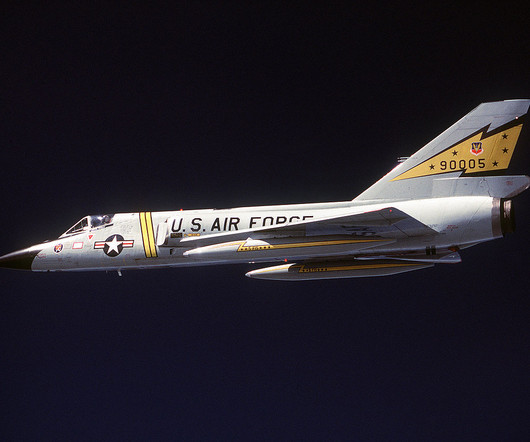Airspeed and Altitude Control Simplified: Tips for Stable Flying
Pilot Institute
NOVEMBER 16, 2024
Combining the data shown on your cockpit instruments helps you make better judgments. One example is Indicated Airspeed (IAS), which is the airspeed you read directly from cockpit instruments. It works by reading the difference between static pressure and total pressure from air flowing into a pitot tube.











Let's personalize your content